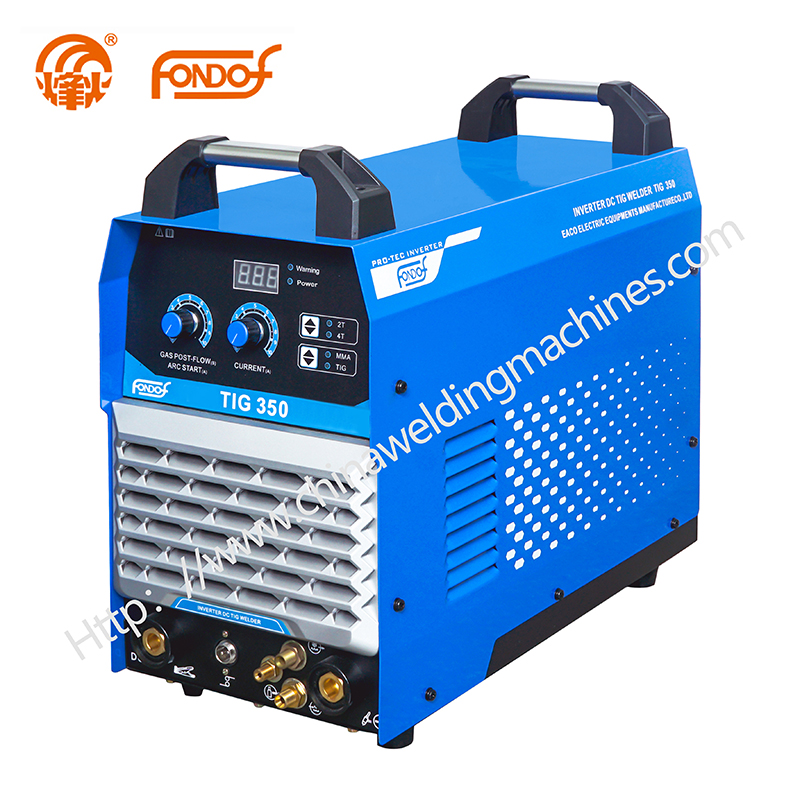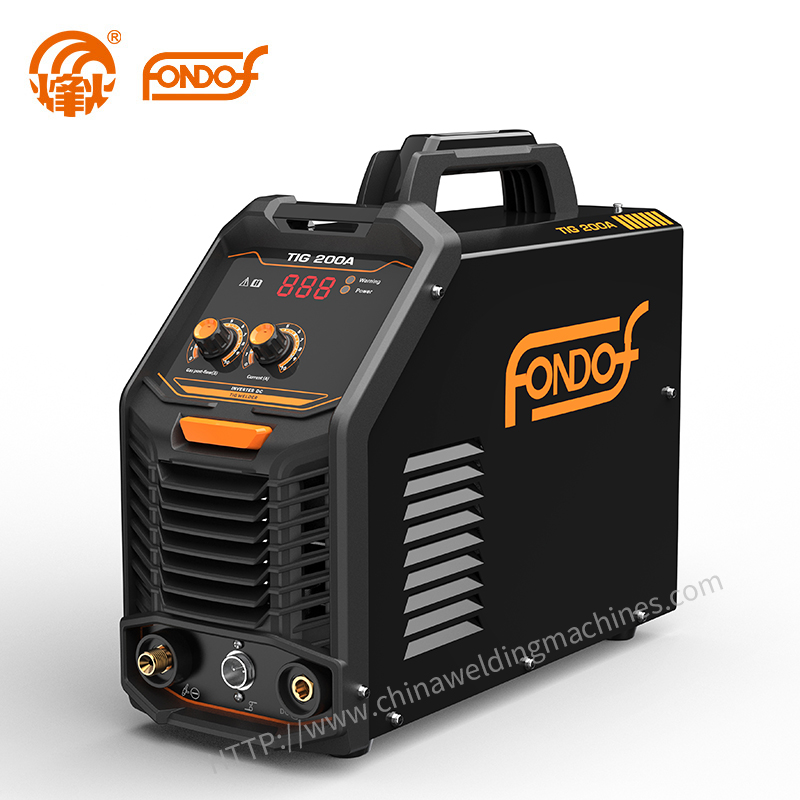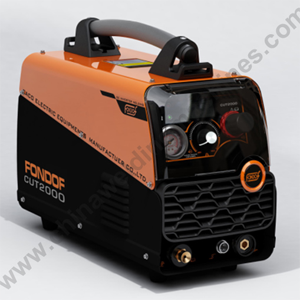The Difference Between Ac and Dc Welding.
 Oct. 25, 2022
Oct. 25, 2022
AC and DC welding are arcs that use different currents to produce an arc forms of welding. These types of welding involve the creation of an electric arc between the electrode and the metal being welded. The arc provides heat to fuse the metal together. The power source is used to generate the arc and can be AC or DC. The choice of power source (AC or DC) determines the polarity of the current flowing through the electrodes. The power source used also affects the production of the weld.
DC Welding
DC stands for direct current, which flows in one direction. With DC welding, a stable arc is produced because the magnetic field and current of the arc are constant. And because the circuit must be continuous for the current to flow, we use a grounding clamp and electrode holder or TIG/MIG torch to complete the circuit. The arc jumps between the electrode and the metal with the grounding clip attached to complete the circuit.
Due to the resistance of the metal, the electrode and the metal are heated to the melting point. However, choosing the wrong polarity can significantly reduce the quality of the weld.
Therefore, your ground clamp and electrode must be properly connected to the power source (welder). Each welding process requires a specific polarity, depending on the weld metal and electrode selection.
DC Electrode Positive ("DCEP") - The ground clamp is negative and the electrode is positive. The electrode receives approximately 70% of the heat and 30% of the work.
DC Electrode Negative ("DCEN") - The ground clamp is positive and the electrode is negative. The electrode receives approximately 30% of the heat and 70% of the work.
Advantages
Smoother welding output compared to AC power.
More stable arc.
Reduced spatter.
DC negative electrode provides faster deposition rates when welding thin metal sheets.
DC positive electrode provides greater penetration of weld metal.
Applications
DC welding is ideal for joining thinner metals and can also be used for most stick welding applications, including TIG welding of steel. This form of welding is also suitable for overhead and vertical applications.
AC Welding
AC is a current that reverses direction many times per second. 60 Hz of current changes its polarity 120 times per second. In AC welding, there is no net deflection of the arc because the magnetic field and current are rapidly reversed.
Advantages
Alternating current between positive and negative polarity allows for a more stable arc for welding magnetic parts.
Fixes the problem of arc blowing.
Enables effective aluminum welding.
AC welding machines are cheaper than DC equipment.
Applications
When switching to AC positive, it also helps to remove oxides from the metal surface - making it suitable for welding aluminum.
AC welding is also widely used in shipbuilding, especially seam welding, because it is able to set the current higher than DC. AC welding also provides fast filler and is used to weld thick plates underhand.
One of the main uses of AC welding is the use of magnetized materials. This allows it to be used to repair machinery.
The Difference Between AC And DC Welding
The essential difference is obvious. The AC output switches polarity and current flows back and forth constantly, while the DC output maintains consistent polarity and current flows in one direction.
For most welding jobs, AC power is undesirable. The arc is extinguished and reignited each time the polarity is switched. Therefore, AC power causes arc instability during tack welding and is not conducive to the MIG or FCAW welding process.
Are you interested in learning more about AC and DC welding for sale and how they can benefit you? Contact us today to secure an expert consultation!
 Previous:
When to use pulsed TIG welding?
Previous:
When to use pulsed TIG welding?
 Next:
Is TIG welding AC or DC?
Next:
Is TIG welding AC or DC?


























